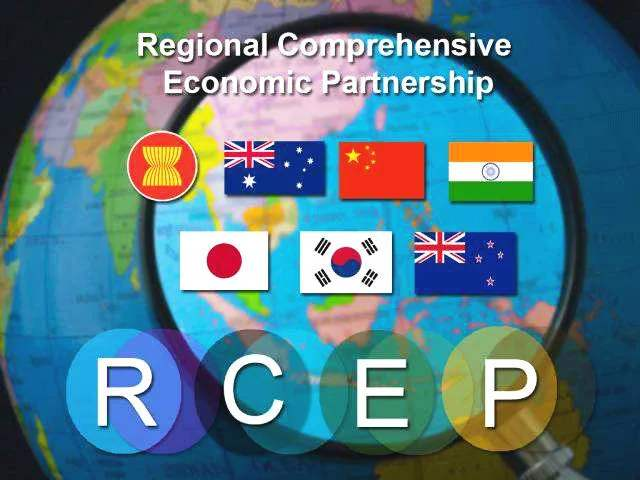RCEP助力中国—东盟贸易再创新高

21世纪经济报道注意到,此次广交会是RCEP生效以来的首届广交会,广交会的合作伙伴也实现了RCEP成员国全覆盖。
对此,中国贸促会研究院副院长赵萍告诉21世纪经济报道,中国作为世界第一大货物贸易国和制造业大国,与RCEP的贸易合作空间巨大,RCEP成员国的企业看好中国市场,看涨中国经济。RCEP作为最大的自贸区,贸易发展空间巨大,RCEP生效以后,将会产生巨大的贸易创造效应,从而吸引RCEP成员国的企业积极参与广交会。
据海关统计,一季度我国企业利用RCEP享惠进口67亿元,享受进口关税优惠1.3亿元;享惠出口371亿元,预计享受成员国关税优惠2.5亿元。RCEP生效实施对于区域贸易的拉动作用正在逐步显现。
RCEP助力中国—东盟贸易再创新高
海关数据显示,一季度我国对东盟进出口达1.35万亿元,同比增长8.4%,占我国外贸总值的14.4%。我国与东盟进出口规模占与RCEP贸易伙伴外贸规模的47.2%,占比接近一半。
2022年1月1日,RCEP正式生效,助力了中国与东盟的经贸发展,新的制度红利进一步密切了中国与东盟的经贸往来。海关统计数据显示,一季度我国与东盟进出口规模占与RCEP贸易伙伴外贸规模的47.2%,占比接近一半。
近年来,西部陆海新通道的建设促进了我国西部与东盟国家的紧密相连,保障了中国与东盟的经贸往来。今年一季度,西部陆海新通道铁海联运班列发送集装箱货物17万标箱,同比增加了56.5%。中老铁路在中国与东盟之间构建起一条便捷物流通道,目前全国已有多个省市先后开行中老铁路跨境货物列车。一季度,我与东盟铁路运输进出口大幅增长了3.5倍。
新加坡国立大学亚洲研究所特聘院士马凯硕表示,在RCEP框架下,中国与东盟的合作关系极具意义。东盟现在是中国最大的贸易伙伴,如果双方能够更好地合作,可以让地区融合得更好,这是共同的方向。
赵萍指出,目前RCEP的贸易创造还未得到充分的发挥,随着加快推进RCEP实施推广活动,将有更多的企业了解并灵活运用RCEP规则,开展享惠贸易,RCEP 叠加中国-东盟自贸区的优惠政策,将会进一步提升中国和东盟的贸易规模。
她认为,未来中国和东盟之间将在农产品、消费品、机电产品、矿产品、化工品、造纸等多个领域出现新的贸易增长点。
海关数据显示,一季度,我国自东盟进口农产品460.2亿元,增长了14.1%,占我国农产品进口总值的13.7%。其中,自东盟进口水产品、干鲜瓜果及坚果分别增长26.2%和17.3%。
